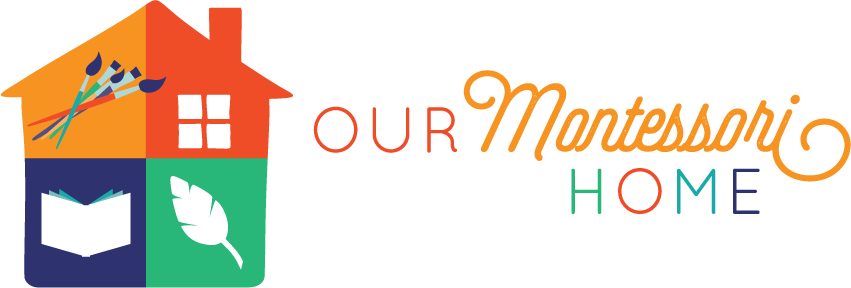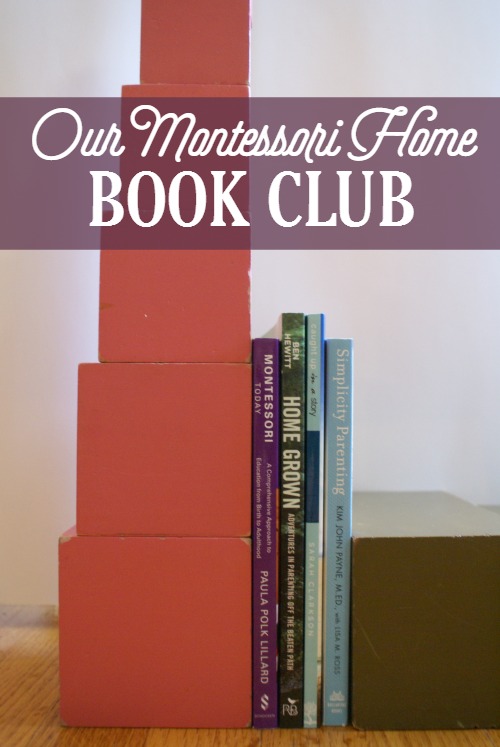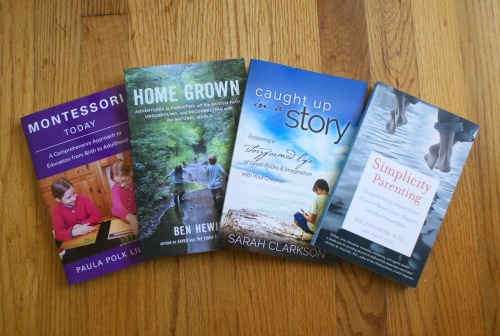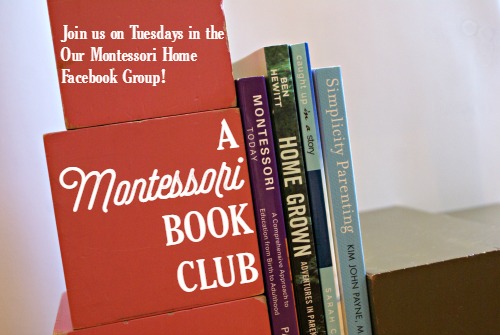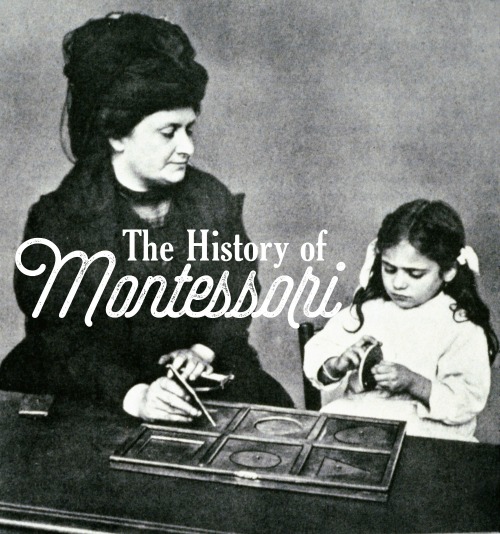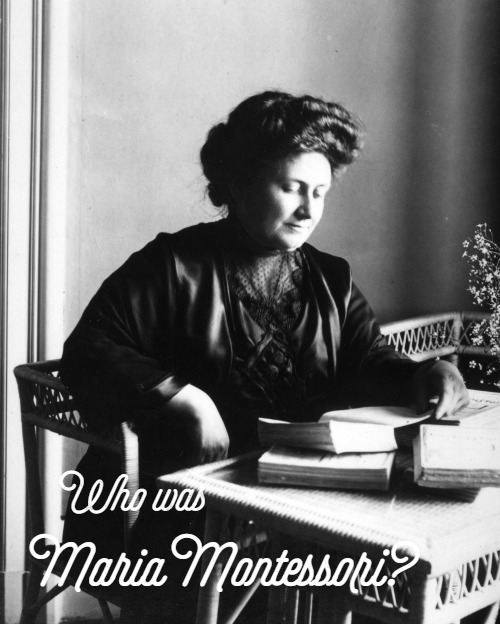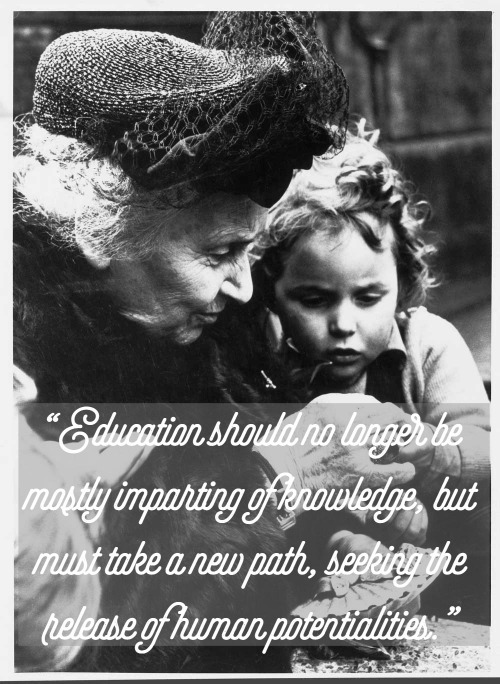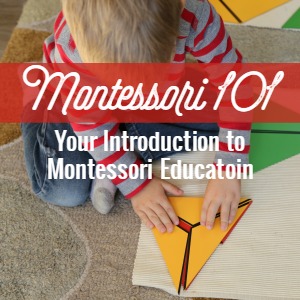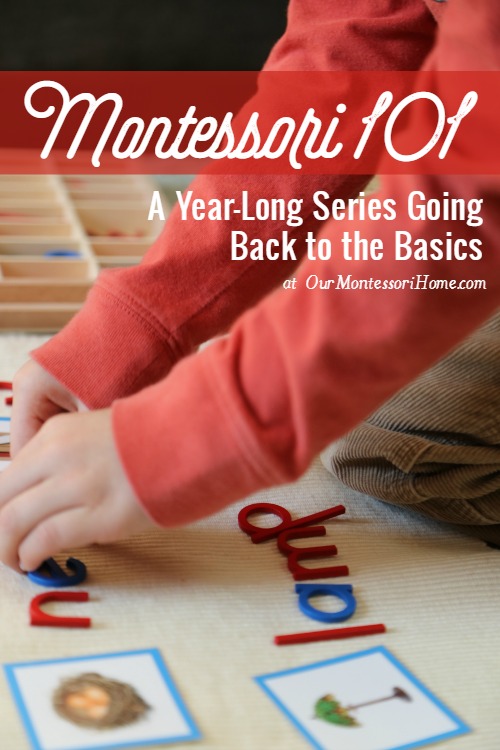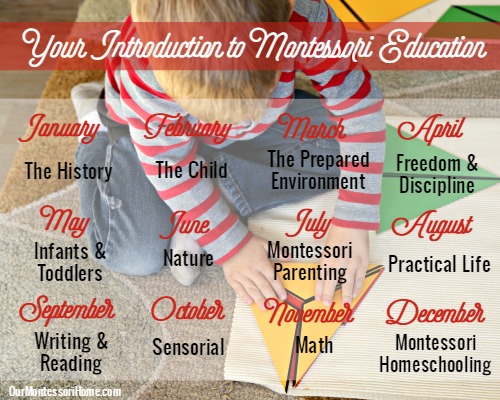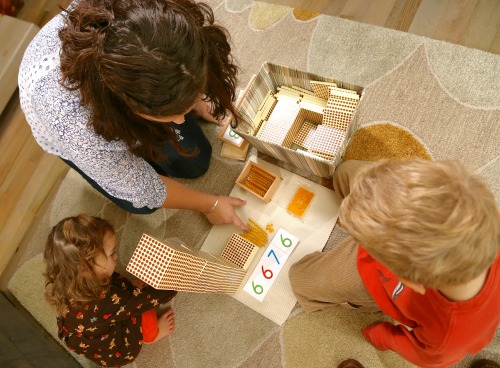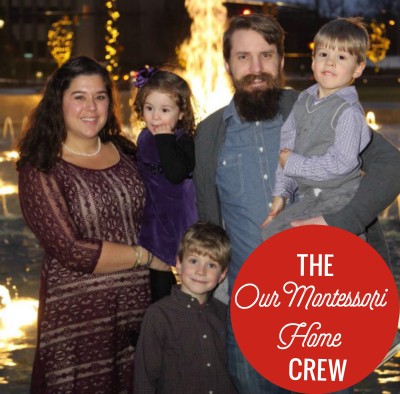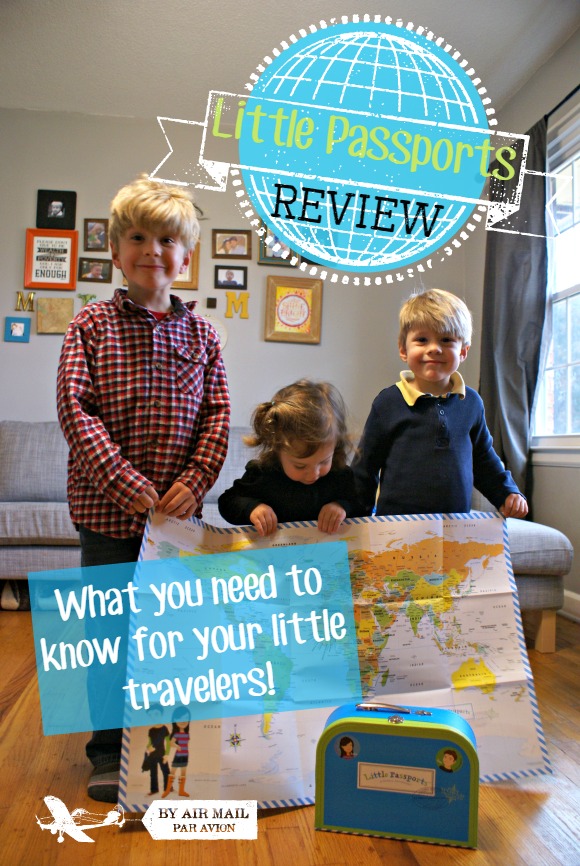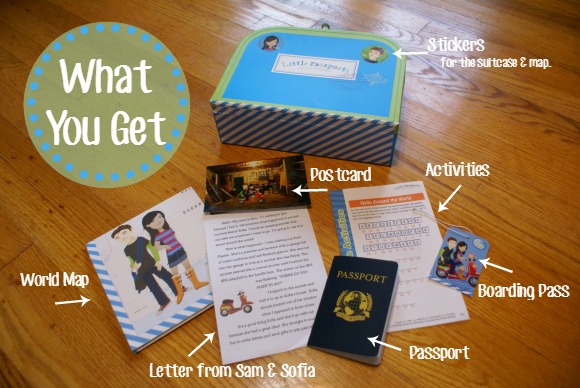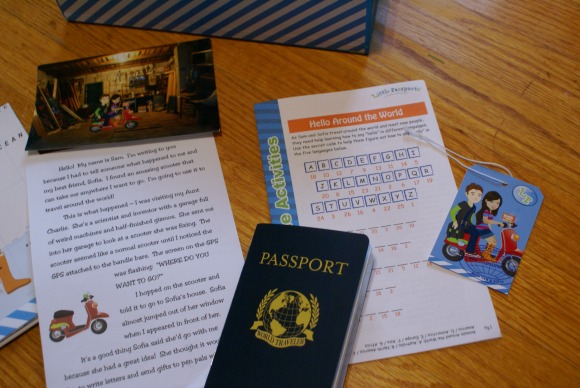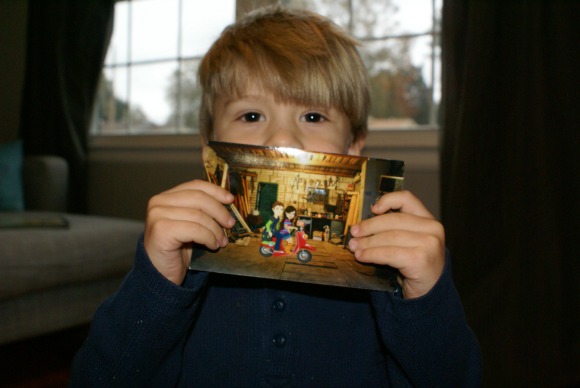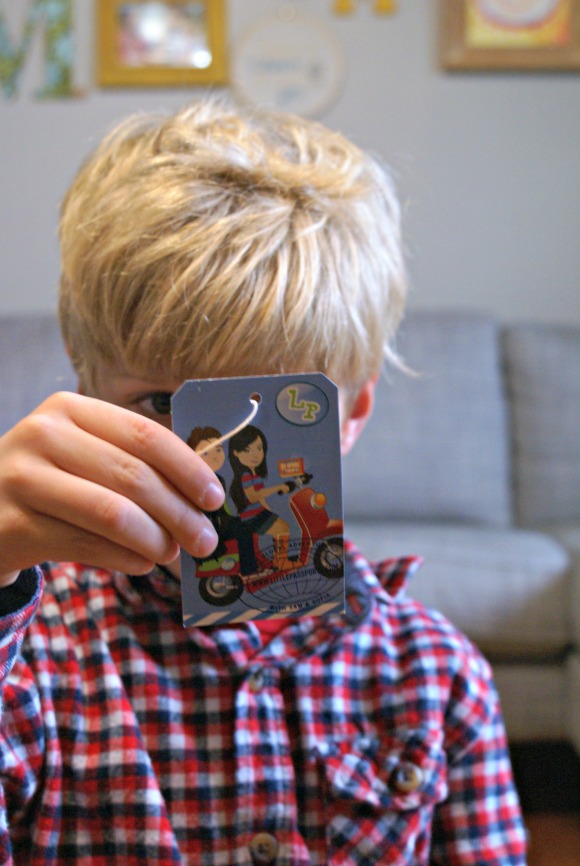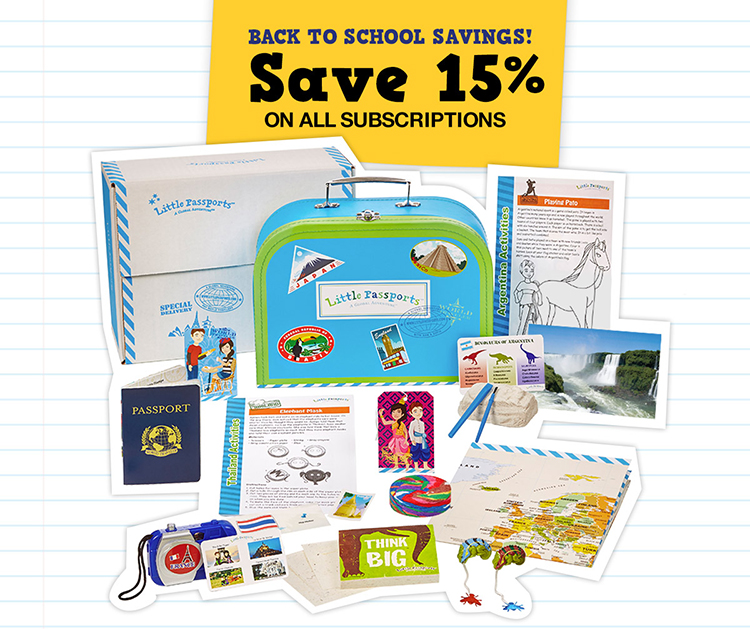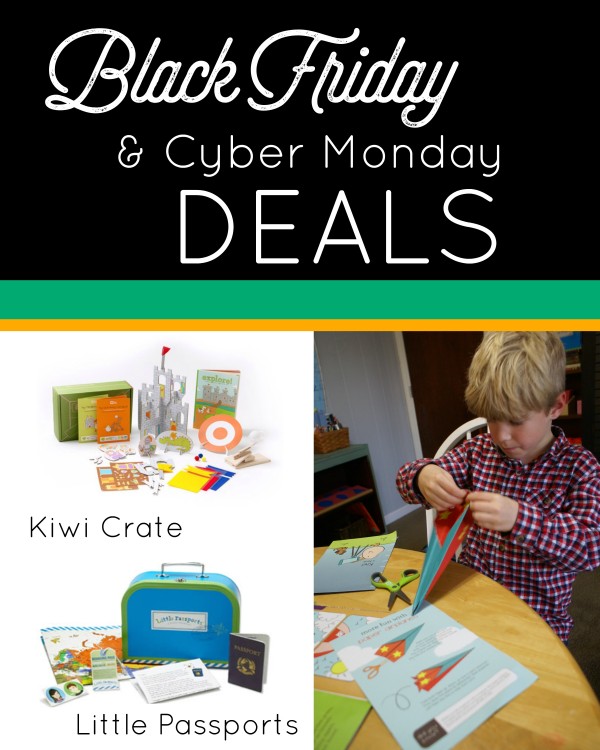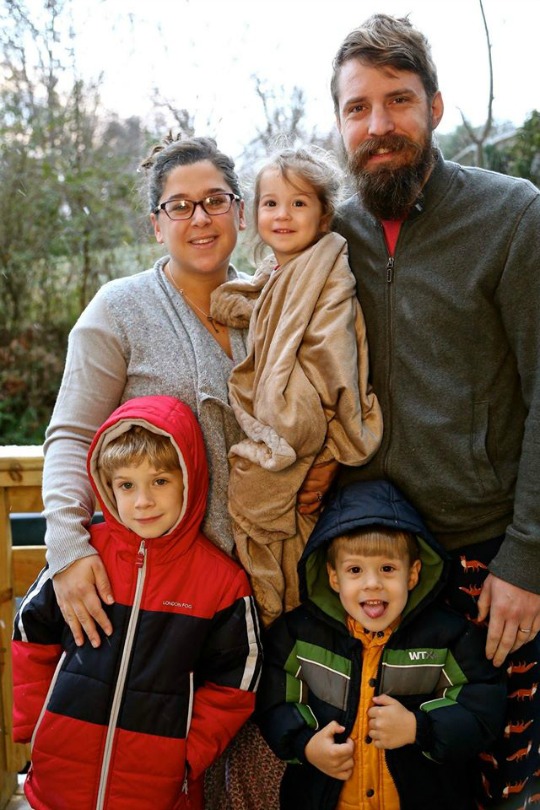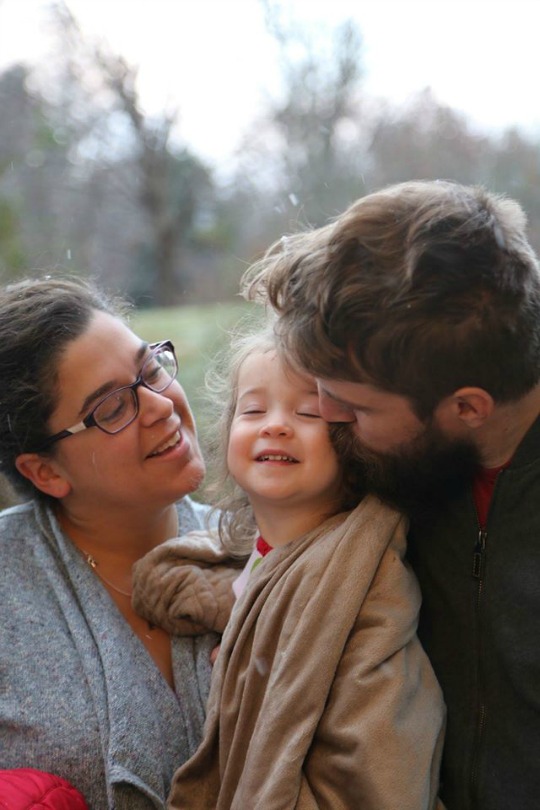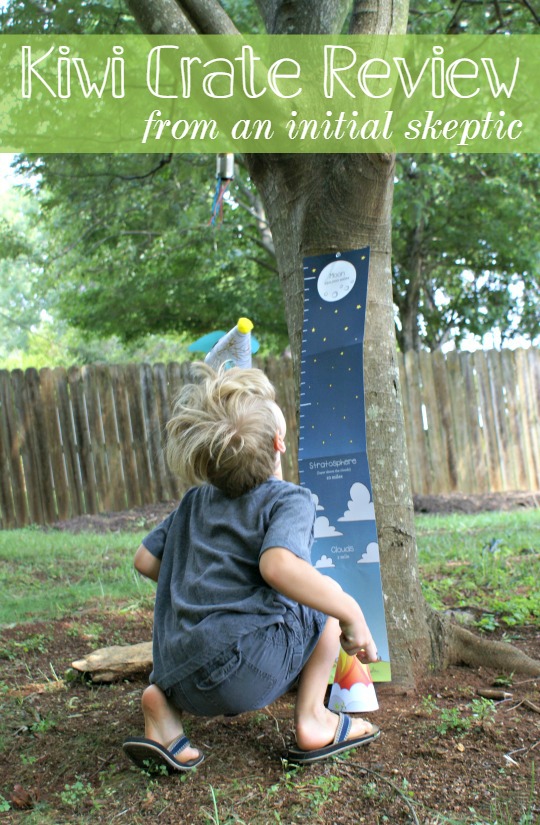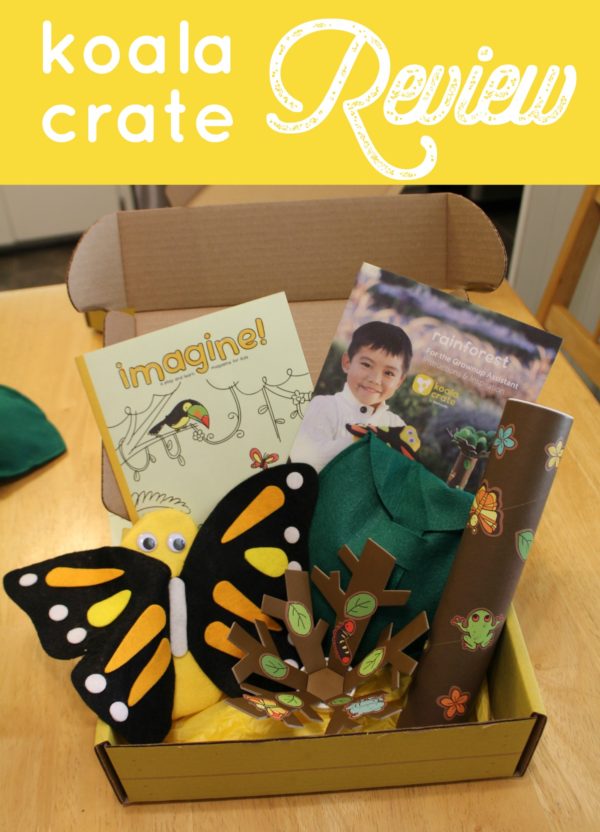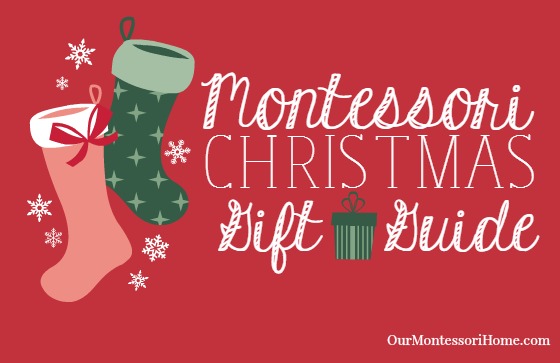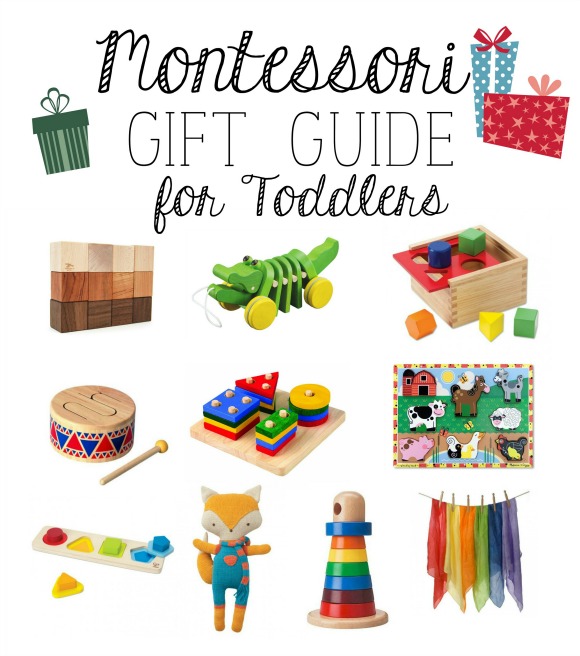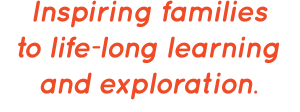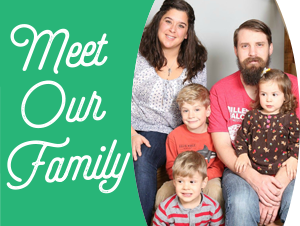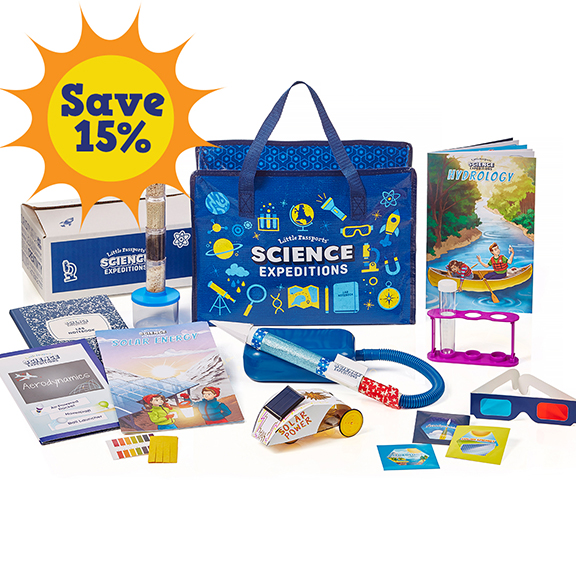I’m excited to introduce the OMH Book Club! This is something I’ve been wanting to do for awhile and there’s no time like the present, right?
There’s so many books out there on Montessori and parenting it can be overwhelming. And, if you’re like me, I can be intimidated by their length and stress about not finishing the book before it’s due back at the library. Instead of plowing through them, they often get left half-read. Anyone else?
This year I’ve picked four books for us to read together, if you’ll join me. Only one Montessori-specific book and the other three are a mix of philosophies, but have a focus of promoting/creating an environment and family culture that encourages the child (and family!) to pursue their full potential, living free, and promoting lifelong learning through exploring and adventure.
Some of these are pretty new, while others you may be more familiar with.
The Books
Montessori Today, Paula Polk Lillard
Is Montessori still relevant? What What about past the preschool/primary years? What does Montessori look like applied across different ages and classrooms? In Montessori Today, we’ll learn more of the theory of Montessori education, look at the Great Lessons, sensitive periods, absorbent.0 mind, the planes of development through adulthood, the classroom environment, and preparation of the teacher. (Synopsis from Amazon)
Home Grown, Ben Hewitt or Free to Learn, Peter Gray
“Living in tune with the natural world teaches us to reclaim our passion, curiosity, and connectivity. Hewitt shows us how small, mindful decisions about day-to-day life can lead to greater awareness of the world in your backyard and beyond. We are inspired to ask: What is the true meaning of “home” when the place a family lives is school, school system, and curriculum? When the parent is also the teacher, how do parenting decisions affect a child’s learning? (And exactly how much trouble can a couple of curious boys gallivanting in the wild woods all day get into?) Home Grown reminds us that learning at any age is a lifelong process, and the best “education” is never confined to a classroom. These essays on nature, parenting, and education show us that big change can come from making small changes in how you live on the land, while building a life you love.” (Synopsis from Amazon)
Caught Up in a Story, Sarah Clarkson
What is imagination, and why is it vital to childhood education? What role do great books play in shaping a child’s perception of self, life, and even God? In Caught Up in a Story, Sarah Clarkson answers these vital questions, demonstrating how great books can be a parent’s best ally in shaping a child to love what is beautiful, pursue what is good, and grasp what is true. Drawing on her own storyformed childhood and her long study of children’s literature, Sarah Clarkson explores and celebrates the soul-forming power of story to help children imagine, and live, a great story of their own. (Synopsis from Amazon)
Simplicity Parenting, Kim John Payne
Today’s busier, faster society is waging an undeclared war on childhood. With too much stuff, too many choices, and too little time, children can become anxious, have trouble with friends and school, or even be diagnosed with behavioral problems. Now internationally renowned family consultant Kim John Payne helps parents reclaim for their children the space and freedom that all kids need for their attention to deepen and their individuality to flourish. Simplicity Parenting offers inspiration, ideas, and a blueprint for change […] A manifesto for protecting the grace of childhood, Simplicity Parenting is an eloquent guide to bringing new rhythms to bear on the lifelong art of raising children. (Synopsis from Amazon)
The Plan
We’ll spend 6 weeks on each book and, depending on the book, we’ll be reading 1-2 chapters a week. Digestible. We’ll have 4 weeks between each book and taking off the months of June (start of summer), September (back to school), and December (Christmas).
Read one book with us or all four. Whatever works for you in your season.
Two weeks before each new book, we’ll giveaway a copy over here on the blog! Our first OMH Book Club giveaway starts February 5th.
Discussion days will start on Tuesday of each week in the OMH Facebook group. (Hey! We’ve got one of those now. Join here.) We’re keeping it simple with a short video recapping the chapter and a question or two to get the conversation started. Our first book club “meeting” will be Tuesday, February 17th.
Four books. One year. We’ve got this.
Grab your books. Join the Facebook group and let’s start reading!
Want to keep up with all the happenings at Our Montessori Home in an easy way? Sign-up for our newsletter! It’s delivered right to your inbox twice a month.
